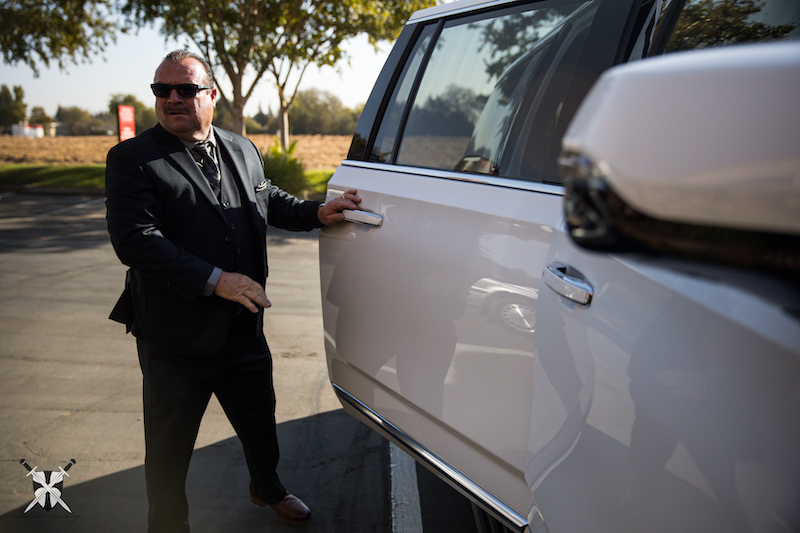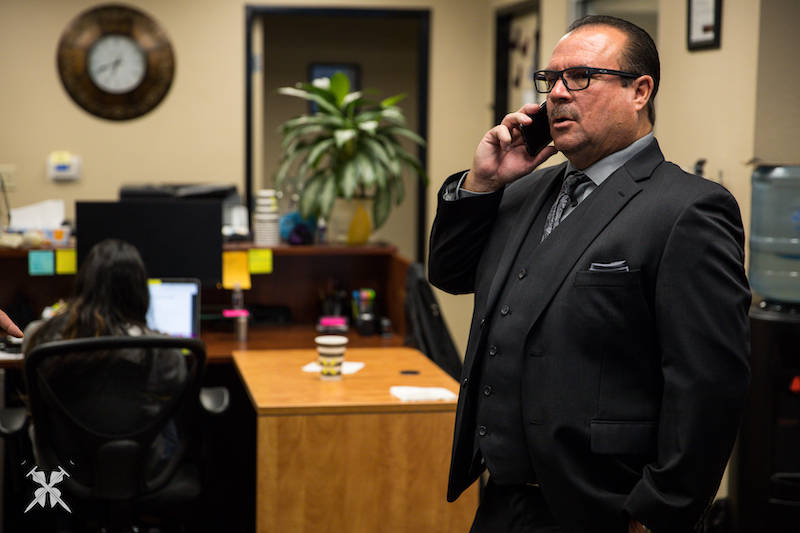Preparing for the Cold: A Security Professional's Guide to Protecting Your Business from Residentially Challenged Individuals
Preparing for the Cold: A Security Professional's Guide to Protecting Your Business from Residentially Challenged Individuals
As the seasons change and the temperatures drop, security professionals must adapt their strategies to protect businesses, organizations, and establishments from various risks, including those posed by residentially challenged individuals. The colder weather can exacerbate vulnerabilities, leading to increased instances of loitering, theft, and vandalism. Here are some key considerations and proactive measures to ensure safety and security during the winter months.
Understanding the Risks
The colder months can bring unique challenges for security professionals. Many individuals facing homelessness may seek shelter in commercial properties, which can lead to safety concerns for both employees and customers. Moreover, as resources become scarcer during winter, the likelihood of desperate acts increases. Understanding these risks allows security teams to prepare effectively.
1. Enhancing Property Visibility
Visibility is a fundamental aspect of security. As the days grow shorter and nights longer, it’s crucial to ensure that your property is well-lit. Installing motion sensor lights, ensuring parking lots and entryways are brightly illuminated, and maintaining clear sightlines can deter unauthorized individuals from approaching or loitering around your premises.
2. Regular Patrols and Monitoring
Increased foot traffic during the winter months may warrant more frequent patrols by security personnel. Regular monitoring of the property helps identify any unusual activity and allows for prompt intervention. Consider employing a mix of visible patrols and surveillance systems to enhance security measures. The presence of security personnel can act as a deterrent, providing peace of mind to employees and customers alike.
3. Building Relationships with Local Services
Connecting with local outreach programs and services for homeless individuals can be invaluable. By establishing partnerships with organizations that assist those in need, security professionals can gain insights into the challenges faced by residentially challenged individuals. This knowledge can inform better strategies for managing situations compassionately and effectively, potentially reducing conflicts on your property.
4. Developing Clear Policies
Having clear policies and procedures in place for dealing with trespassers or individuals seeking shelter on your property is essential. Security staff should be trained on how to approach and engage with individuals respectfully and empathetically, understanding that many may be in desperate situations. Ensuring that everyone is on the same page about how to handle these encounters can prevent escalation and foster a safer environment.
5. Enhancing Building Security Features
Reinforcing physical security features can further protect your property. Consider installing security cameras, alarm systems, and access control systems to monitor and restrict access to sensitive areas. Additionally, ensuring that windows and doors are secure can help mitigate the risk of break-ins or vandalism.
6. Creating a Safe Environment
Encouraging a safe and welcoming environment can deter potential risks. Train staff to be aware of their surroundings and encourage them to report any suspicious activity immediately.
7. The Dangers of Warming Fires
As temperatures drop, many residentially challenged individuals may resort to starting fires to keep warm. While this can be a natural response to the cold, it presents significant risks, particularly in areas where flammable materials or dry conditions exist. These fires can lead to:
- Fire Hazards: Small fires, if not properly contained, can quickly spread to nearby structures, causing significant damage. This could pose a risk to your building, neighboring properties, or individuals in the area.
- Carbon Monoxide Poisoning: Fires created in non-ventilated spaces, such as dumpsters or under awnings, can produce dangerous levels of carbon monoxide, which is potentially fatal.
- Vandalism and Property Damage: Individuals may unintentionally cause damage while attempting to create warmth, such as scorching walls or starting fires in unsafe locations like near electrical equipment or gas lines.
8. Preparing for Emergency Situations
Winter can bring severe weather conditions that may complicate security efforts. Ensure that emergency protocols are in place, including plans for severe weather evacuations, potential power outages, and how to assist individuals on the property during these situations. Regularly reviewing and practicing these plans will help ensure everyone is prepared.
As security professionals, it’s our duty to protect not only our businesses but also the communities we serve. The colder months can pose significant challenges, particularly concerning residentially challenged individuals. By enhancing visibility, increasing patrols, building relationships with local services, developing clear policies, and addressing the specific risk of warming fires, we can create a safer environment for everyone.
Winter is a time for compassion as much as it is for caution. By taking proactive measures, we can ensure that our establishments remain safe while fostering a sense of community and support for those in need.




